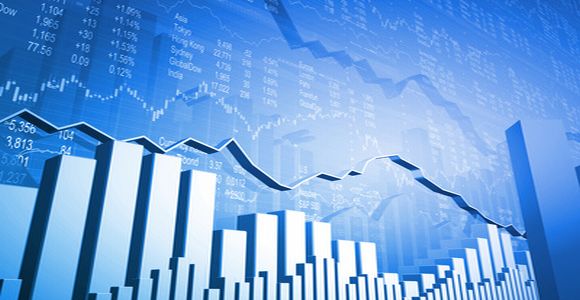Global clean energy investment in the first three quarters of this year was 16% ahead of the same period in 2013, at $175.1 billion, making it almost certain that 2014 will produce a bounce-back in dollars invested after two years of decline, according to a new report from Bloomberg New Energy Finance (BNEF).
The report says clean energy investment in the July-to-September quarter was $55 billion, up 12% from the $48.9 billion achieved in the third quarter of 2013 (Q3’13).
The report notes that the third quarter is generally weaker than the second quarter, as it was this year, with the Q3’14 total 16% down on a strong $65.2 billion in the second quarter of this (Q2’14).
Chinese solar investment leaped to a new record of $12.2 billion, up from $7.5 billion in Q3’13 and $8 billion in Q2’14. China is building a large number of utility-scale photovoltaic projects linked to its main transmission grid, and BNEF forecasts that its solar installations will total between 13 GW to 14 GW this year, nearly a third of the world total.
Investment in Japan was strong at $8.6 billion in Q3’14, up 17% from the same quarter in 2013, with solar again the dominant renewable energy source. Other countries showing a bounce in investment in the latest quarter were Canada, France and India. There were also significant projects financed in a number of new markets, including Myanmar and Sri Lanka.
“The third-quarter data owed a lot to solar in China and Japan,” says Luke Mills, associate of clean energy economics at BNEF. “We would expect to see a broader range of countries and technologies attracting investment in the billions of dollars in the fourth quarter, traditionally the busiest of the year for clean energy.”
The Q3’14 figures show global asset finance for clean energy projects such as wind farms, solar parks and geothermal plants reaching $33.3 billion, up slightly from $32.8 billion in the third quarter of last year. Investment in small-scale projects such as rooftop solar was $18.3 billion, up from $13.9 billion a year earlier, while equity capital raised by specialist clean energy companies on the public markets was $2.7 billion, up from $2 billion in Q3’13. Venture capital and private equity investment was $918 million in Q3’14, up from a multi-year low of $592 million in the same quarter of 2013.
The report says a regional breakdown of clean energy investment shows the continuing troubles of the sector in Europe, where just $8.8 billion was committed last quarter, the lowest figure for over eight years, down from $12.1 billion a year ago. There was a notably weak total in the U.K., at $789 million, down from $3.1 billion a year earlier as policy uncertainties took a toll. The report says Germany was at $1.5 billion compared to $1.6 billion in Q3’13, and Italy was at just $262 million compared to $1 billion, reflecting the impact on investor confidence of retroactive cuts in support for existing solar projects. France saw a rise to $1.4 billion from $951 million in Q3’13.
Meanwhile, the U.S. saw clean energy investment of $7.3 billion in Q3’14, well down from $10.7 billion in Q2’14 but up from $5.7 billion in the third quarter of last year. Overall, Chinese clean energy investment was $19.9 billion in Q3’14, up from $15.1 billion a year earlier, while India’s investment totaled $2 billion, up from $1.3 billion.
The report says Canadian investment was $1.9 billion, up from $1.3 billion, and Brazil’s was $863 million, up slightly from $830 million but still one of that country’s weakest quarterly figures for many years.
“It is heartening to see investment heading for an up-year in 2014 after two down-years, thanks in large part to the greatly enhanced competitiveness of solar and, to some extent, wind,” says Michael Liebreich, chairman of the advisory board at BNEF. “However, there is no room for complacency because clean energy investment of between $200 billion and $300 billion a year is not large enough to herald the rapid transformation of the power system that experts say is required if the world is to see a peak in CO2 emissions around 2020. There is still too much policy instability holding back investor confidence.”
















Comments